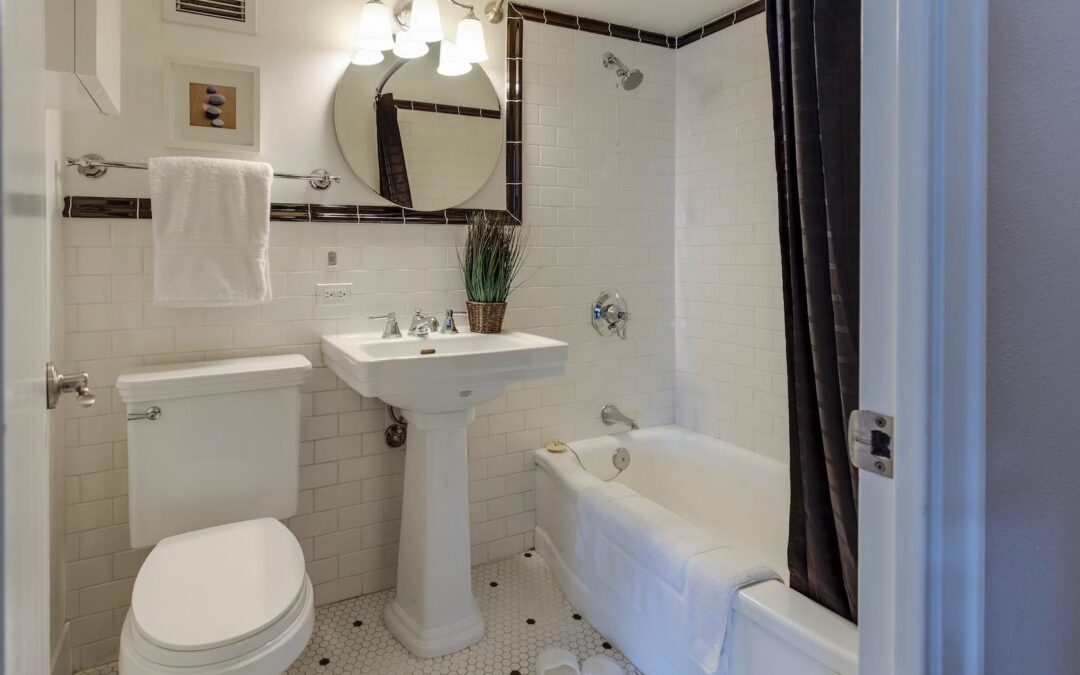A running toilet is not only annoying but can also lead to wasted water and higher utility bills. If you find yourself in this situation, don’t fret. In this blog, we will explore practical solutions and troubleshooting tips to help you understand what to do if your toilet keeps running.
From simple adjustments to potential repairs, we’ll provide new ideas and advice to tackle this common plumbing issue and restore peace to your bathroom.
- Check the Flapper: A common cause of a running toilet is a faulty flapper. The flapper is the rubber valve that seals the tank and allows water to flow into the bowl during a flush. If the flapper is worn out or misaligned, it can cause water to continuously leak from the tank to the bowl. Inspect the flapper for damage, debris, or misalignment, and consider replacing it if necessary.
- Adjust the Float: The float is a component that controls the water level in the toilet tank. If the float is set too high, it can cause the water to overflow into the overflow tube, leading to a continuous refill cycle. Adjust the float by bending the rod or adjusting the float mechanism to ensure that the water shuts off at the appropriate level.
- Replace the Fill Valve: A faulty fill valve can also result in a running toilet. The fill valve controls the flow of water from the supply line into the toilet tank. If it is not functioning properly, it may allow water to continuously flow into the tank. Consider replacing the fill valve if other troubleshooting steps do not resolve the issue.
- Clean or Replace the Flush Valve Seal: The flush valve seal is another potential culprit for a running toilet. This rubber seal is located at the bottom of the tank and creates a watertight seal between the tank and the bowl. Over time, the seal can deteriorate, causing leaks and a running toilet. Clean the seal to remove any debris or mineral buildup, or replace it if necessary.
- Check the Water Supply Line: A partially closed or malfunctioning water supply valve can also cause a running toilet. Ensure that the water supply valve is fully open and that water is flowing freely into the tank. If the valve is faulty, consider replacing it to eliminate the issue.
- Utilize Leak Detection Tablets: To identify any subtle leaks that may be causing a running toilet, you can use leak detection tablets. These tablets dissolve in the tank water and change color if there is a leak. By observing the color change, you can pinpoint the source of the leak and take appropriate action to fix it.
- Seek Professional Help: If you have tried the above troubleshooting tips and the problem persists, it may be time to consult a professional plumber. A plumber can conduct a thorough inspection, identify underlying issues, and provide expert guidance or repairs to resolve the running toilet problem.
Conclusion
Dealing with a running toilet can be frustrating, but with the right knowledge and troubleshooting tips, you can tackle the issue effectively. By checking and adjusting components like the flapper, float, fill valve, flush valve seal, and water supply line, you can often fix the problem on your own.
However, if the issue persists or if you’re uncertain about performing repairs, it’s best to consult a professional plumber. Remember, resolving a running toilet not only restores tranquility to your bathroom but also conserves water and saves you money in the long run.

